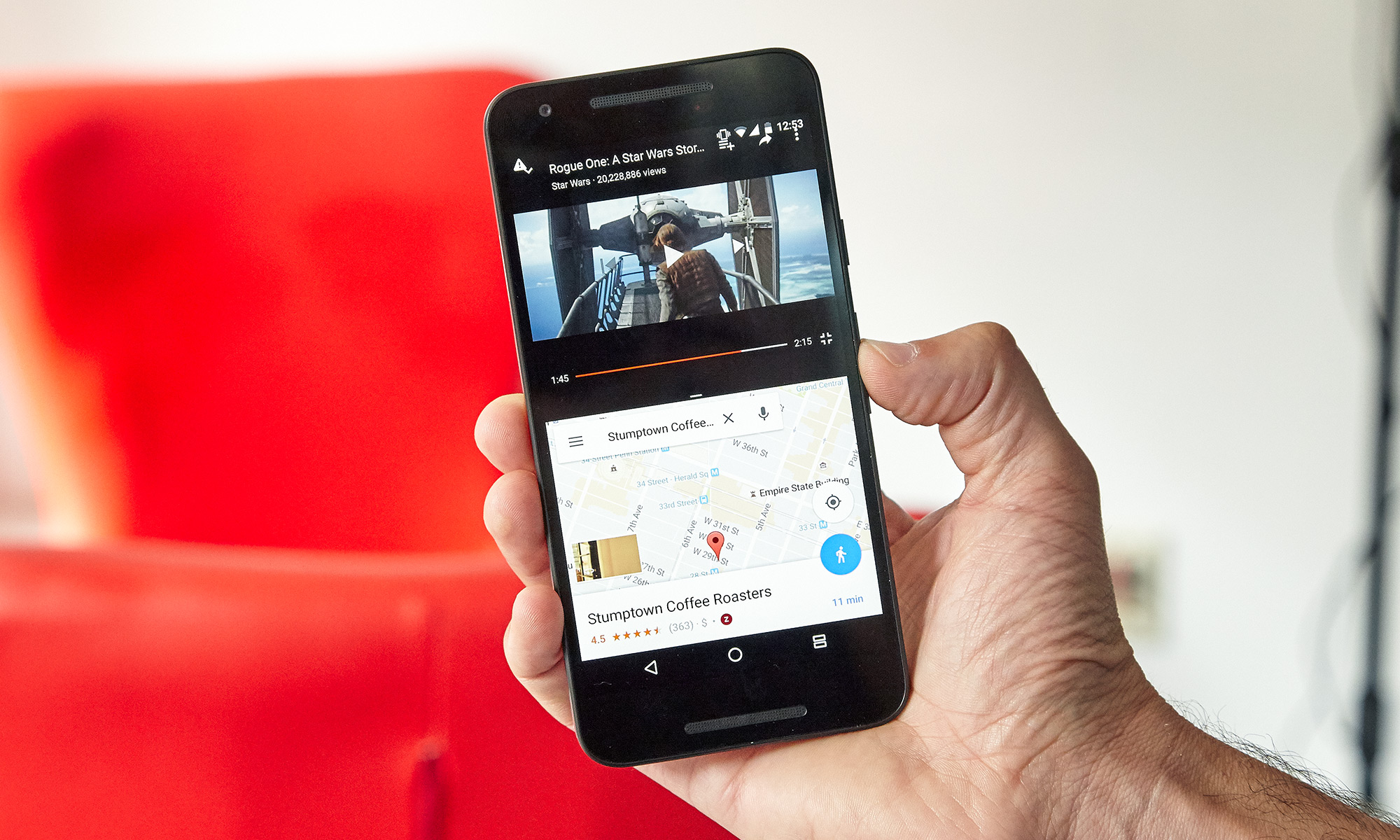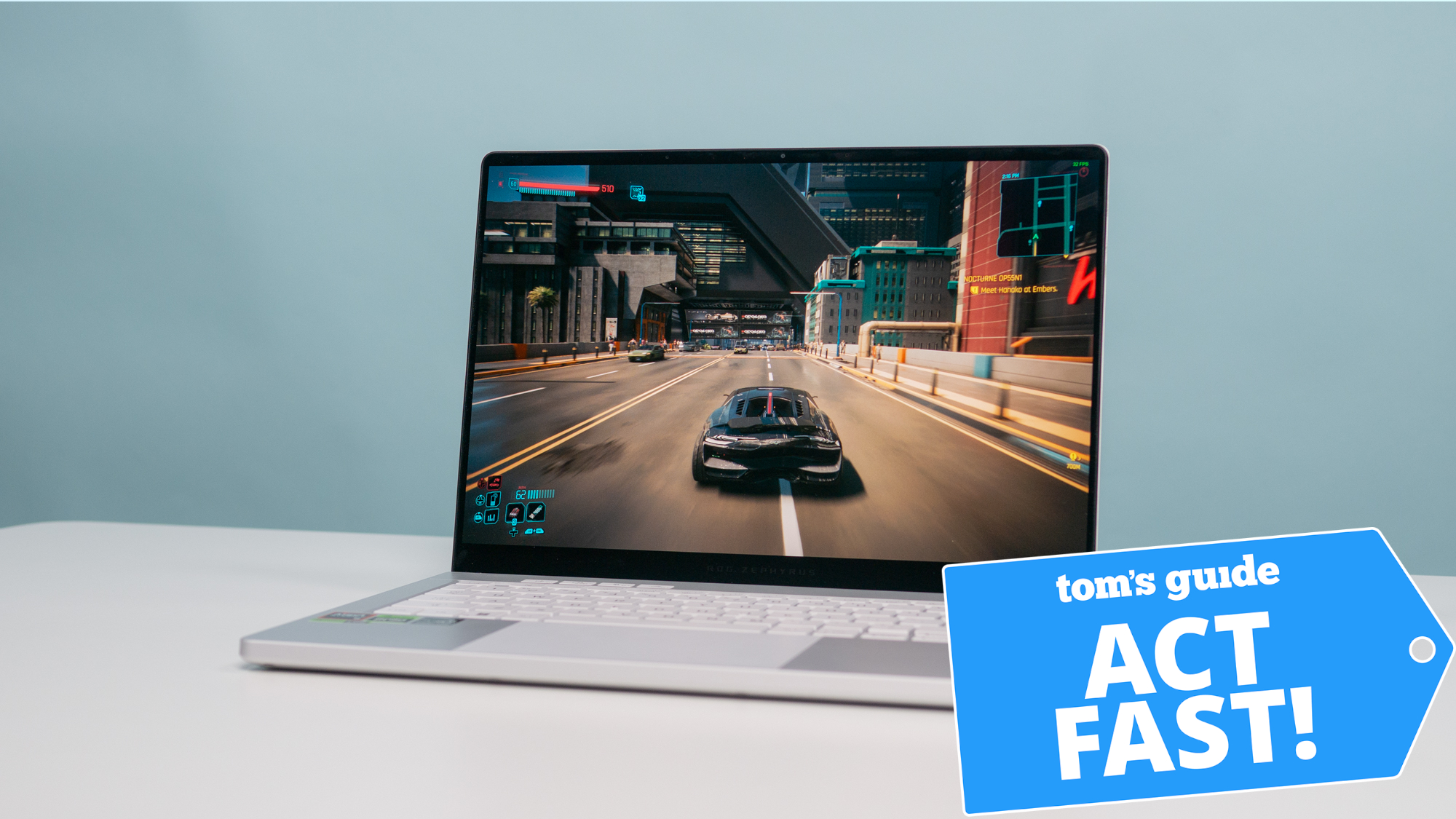Tom's Guide Verdict
The latest version of Android is faster, smoother and smarter than ever before. It's just a shame so many users will have to wait for Nougat.
Pros
- +
Welcome improvements to notifications
- +
Fast-app switching, split-screen mode are big productivity boosters
- +
Under-the-hood upgrades for security and improved updates
Cons
- -
Not all apps support split-screen mode
- -
Initial release suffers from minor hiccups that will need to be addressed by a maintenance update.
Why you can trust Tom's Guide
Let's start with the positives: Android 7.0 Nougat is faster, smoother, smarter and addresses many of the pain points that went unresolved in Android Marshmallow. When you combine Nougat's capabilities with the omnipresent powers of Google, there's so much you can do. If you like Android, you'll love it. And anyone clinging to an iPhone will see a lot of features they wish they had, such as split-screen mode on phones, different ways to customize notifications and deep integration with Google services.
Unfortunately, for all the enhancements and behind-the-scenes work, Google's mobile operating system can't be isolated from the context of Android's major Achilles' heel: fragmentation.
Marshmallow, the last version of the OS to hit before Nougat, barely has 15 percent of active Android devices running it, according to Google's own numbers. Nougat is likely to make the same type of slow creep onto more phones and tablets over the coming months. Yes, Nougat had a lengthy beta period and is moving to a more predictable maintenance schedule to help device makers and developers stay on top of the changes. But nothing else fundamentally changes the cards stacked against you if you have a non-Nexus device. Phone makers still need to tweak the software for their own devices, and in many cases carriers must still approve it.
So allow this review (conducted using a Nexus 5X) to whet your appetite, as it could be a while before all of these features make their way to you. Or it may inspire you to ditch your current handset for the world of Nexus, which offers a near Apple-like integration of hardware and software (especially with new Nexus phones expected soon). If you do, you'll find that Nougat brings forth a level of polish and internal refinement that will make an Android your go-to device for most computing needs.
MORE: Best Smartphones on the Market Now
Smarter, Better-Looking Notifications
Notifications didn't get a massive overhaul with Nougat, but they did get a few touches that are an improvement over Marshmallow. Instead of separate cards, the aesthetic is more like a series of layered shades. You'll find that alerts are bundled together by app, with a clever use of color and the icons to distinguish between the different notifications.
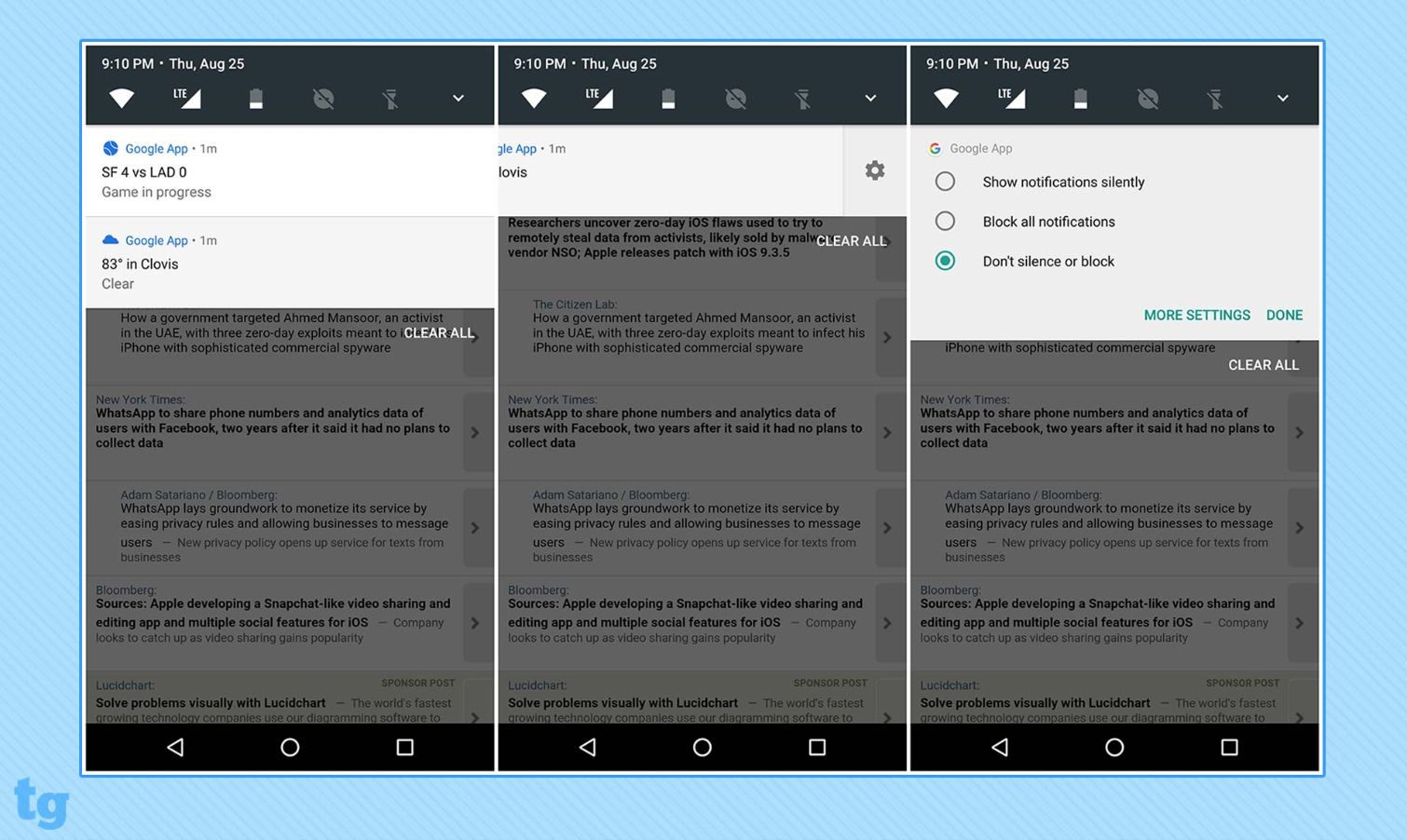
There are a few tricks to be found here as well. If you gently slide over on a notification, you'll get a settings icon that gives you a few options for customization. You can also long press on a notification for the same effect.
These options give you a number of ways to tweak how often you get pinged from specific apps. The Quick Reply feature has also been slightly overhauled, letting you reply to a message without the need to open the app. It's handy for text messaging or popular over-the-top messaging services like Facebook Messenger and WhatsApp.
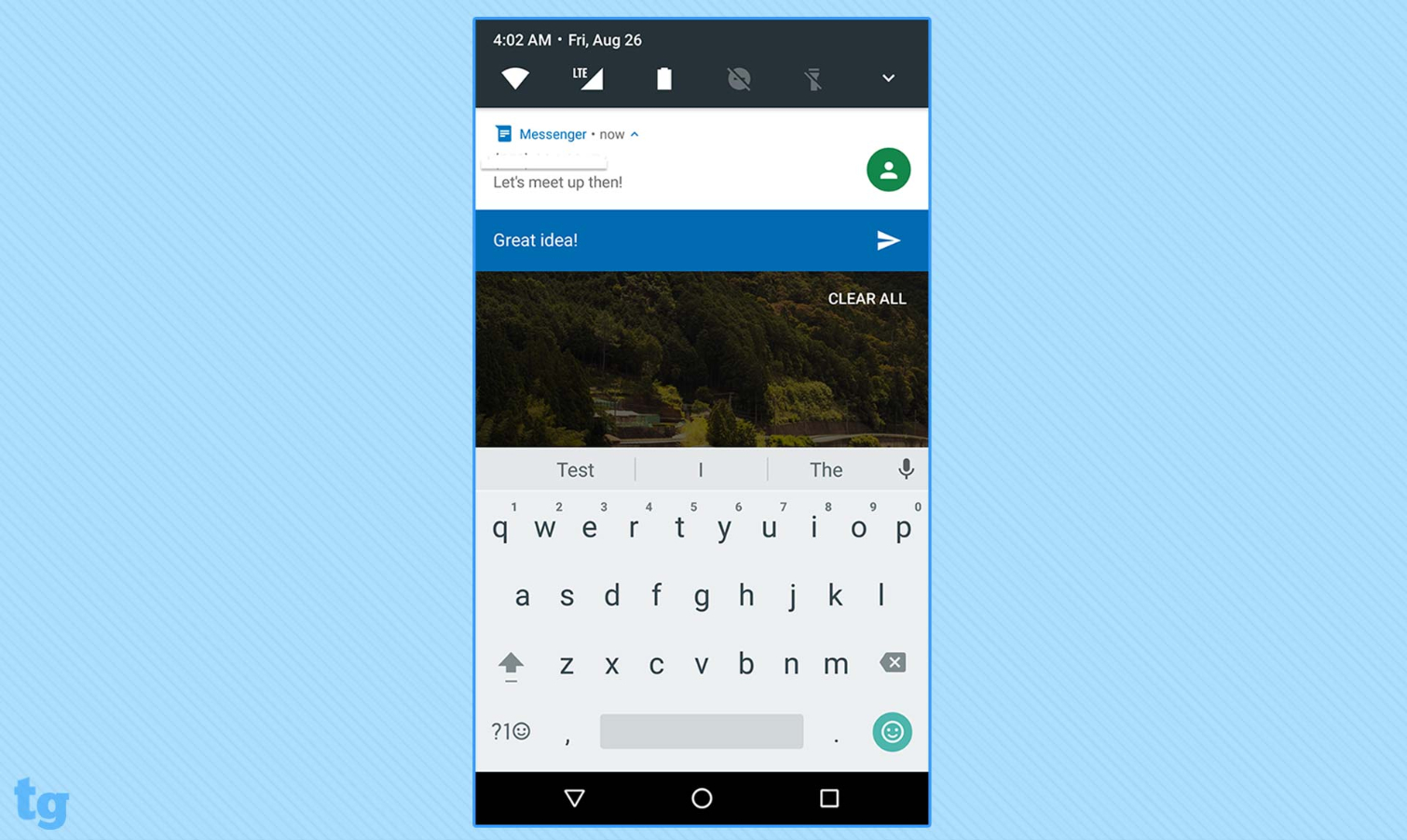
You'll find a better design and colored text bar for where you enter your reply. It's one of many small refinements you’ll find throughout Nougat, bringing a level of elegance to this version of Android that wasn't quite there with Marshmallow.
Fast switching
In Nougat, when you double tap on the Recents key — that's the square on the bottom right of the navigation bar — you'll jump immediately into the previous app you were using. If you're inside of an app, you'll switch right away to the last one. If you're on the home screen, double tapping the Recents key launches the last app you were using.
MORE: How to Reduce Data Usage on Your Smartphone
It's one of those new features that you'll wonder how you lived without it once it becomes a part of your regular muscle memory. The only hazard is if you don't quite remember what the last app was you were in, making fast switching a little less helpful.
Split-Screen Goodness
If you use one of Samsung's Galaxy devices, split-screen mode won't seem like as big of a deal. But even though Google was late to the party in bringing native support to Android, the feature is more fluid and easier to use than Samsung's implementation. And now that it's baked right in to Android, there's a better chance that more apps will add support for it.
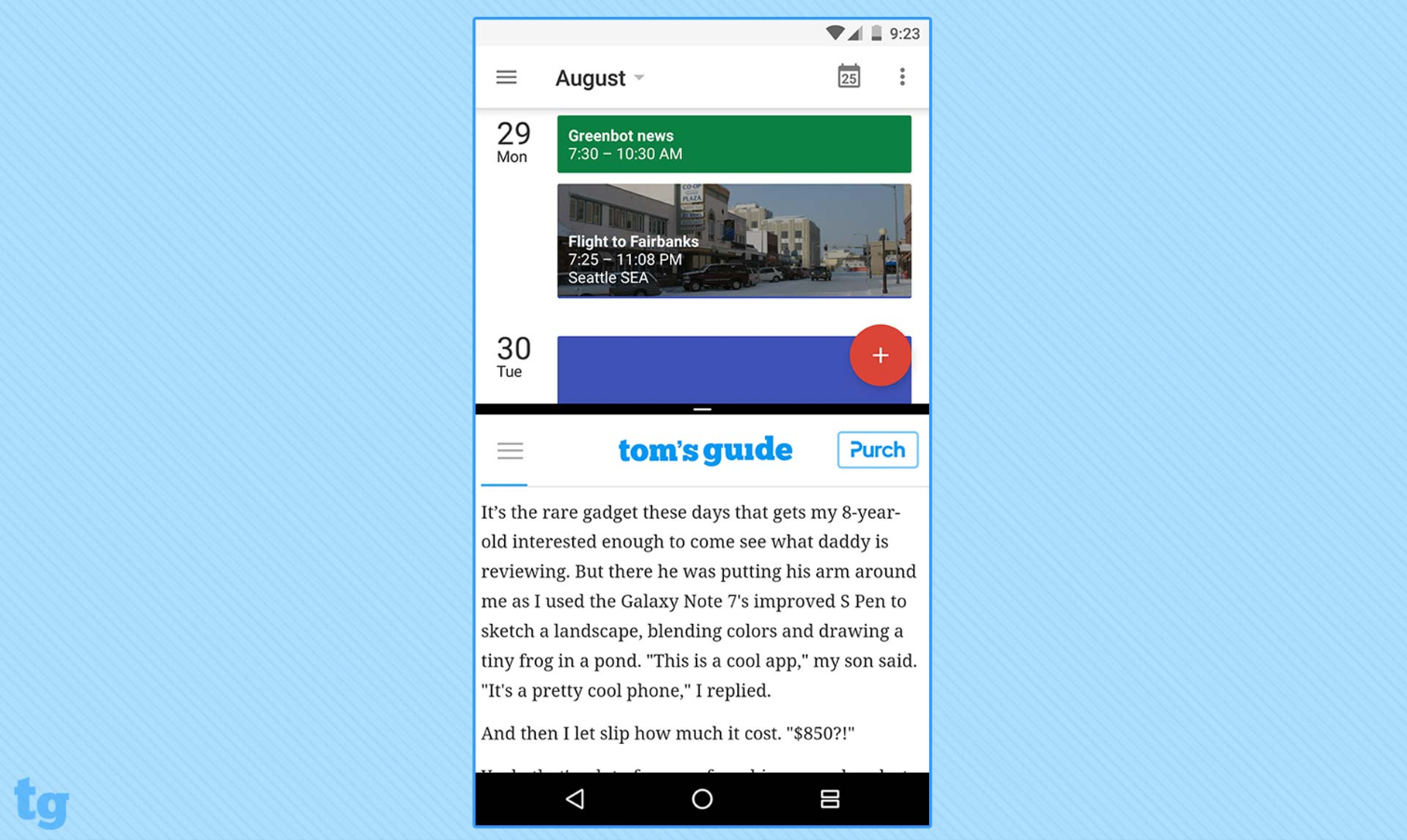
To make split-screens happen, tap and hold on the Recents key. The app you're using will pop to the top half of the screen, while the familiar, scrollable list of previous apps will fill in on the other side. Just choose another app and then you're ready to do two things at once. Tap and hold on the same button to go back to one app.
For example, during a recent trip, I was able to keep the itinerary details from Gmail open on one side of the screen, while navigating Chrome for travel research so I knew exactly when and where I needed to search for information.
The trick also works with Chrome. It's a little more complicated, as you have to touch the Overflow button in Chrome, and select Move to Other Window to make it happen. But it works, and can keep you from bouncing back and forth between tabs.
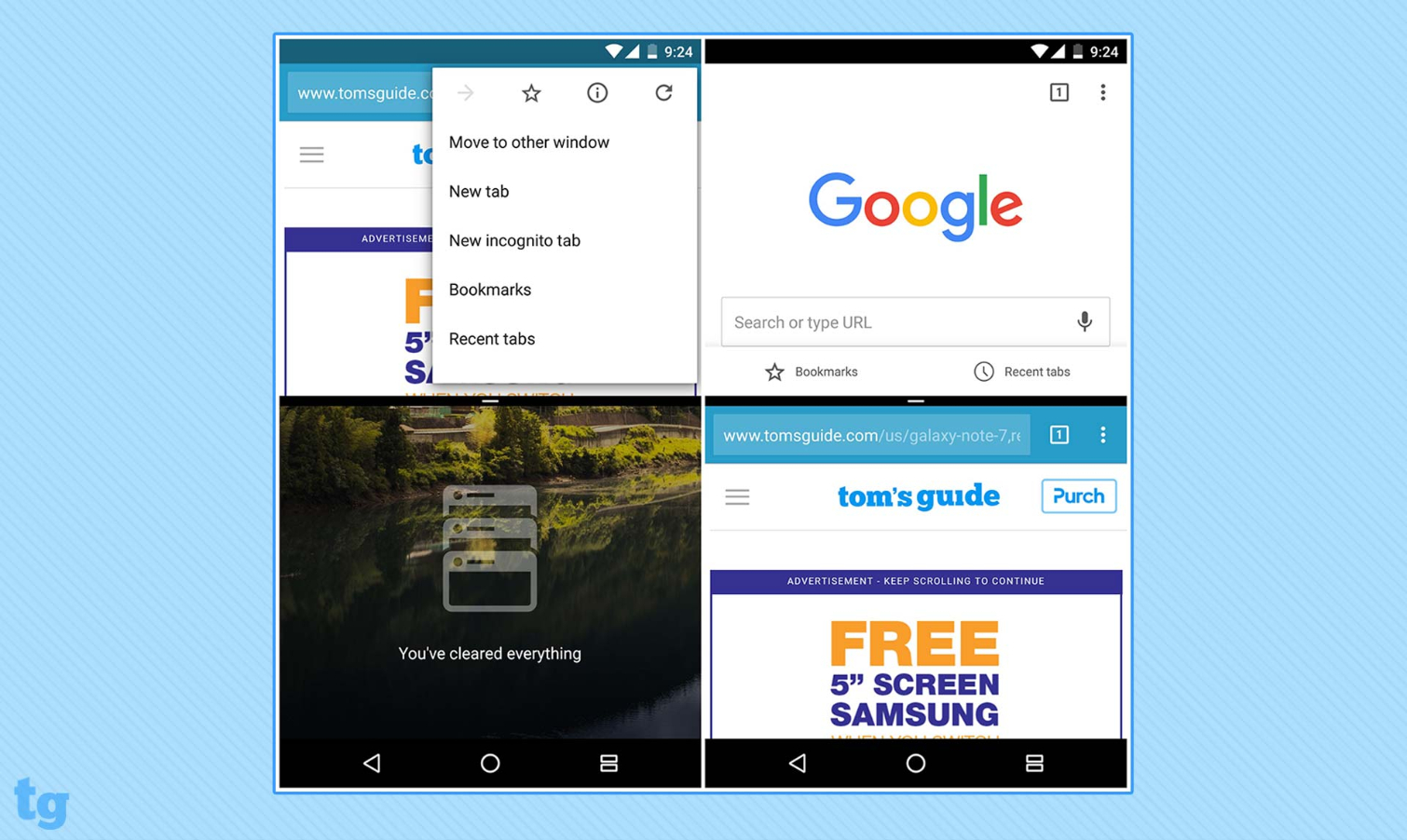
That said, split-screen is the one signature feature that seems like it still needs the most work. Some apps don't quite perform as well in split-screen mode, especially when they've been resized. Google Maps was less responsive when demoted to half the screen, particularly when it came to pinching and zooming. Chrome was also a challenge, but such issues may not materialize on tablets or phones with larger displays.
Split-screen works best used on big-screen phones and tablets. Unfortunately, the only tablets that currently support Nougat are the Nexus 9 and the Pixel C, which are a small percentage of the Android tablets in use. Samsung's Note phablets, by comparison, have long had such a feature.
Smarter Quick Settings
Android's Quick Settings have become more convenient and customizable. When you swipe down with one finger, you'll see five fast options that immediately launch an action. It's great to fire up the flashlight, turn off Wi-Fi, or enable Do Not Disturb mode.
MORE: The Best Cheap Unlocked Smartphones
In true Android form, you can customize this area as well. Swipe down with two fingers and touch the Edit button. Then, you're able to drag and drop the various tiles to where you'd like. One of the more convenient choices is Night mode, which kills the blue light from your phone screen. Similar to the Night Shift feature in iOS, the idea is to reduce the amount of that sleep-killing light you expose yourself to in the hours before when you want to go to sleep.
Under-The-Hood Improvements
Nougat takes Android to 7.0 from 6.01, so it wouldn't be a major update without some changes that you can't see. Still, the complex code that powers the Android engine is just as important at ensuring you have a good experience. For example, Doze, a power-management feature that debuted in Marshmallow, is supposed to get even more effective at squeezing out extra juice for your battery.
In Marshmallow, Doze would put your phone in a low-power state by detecting when it wasn't in use, such as when it sat on your desk. Now Doze is more aggressive by giving a power nap to those apps and services that are just hanging out in the background even while you and your phone are on the move.
It will take some tangible testing to verify how effective this is, but the positive takeaway is that Google continues to push ahead at one of the areas that Android continued to struggle in. If you go to Settings > Device > Battery and then select Battery optimization you'll be able to see which apps and background processes are getting the Doze treatment. If some apps are misbehaving you can remove them from optimization.
The Security Vault
You can't swing a cat throughout the internet without hitting a story that highlights Android's security woes. There was Stagefright, then Quadrotor, and there are surely going to be others. Even before the advent of Nougat, Google has sought to remedy this problem by releasing monthly security updates. Despite phone makers' reticence to push out quick software refreshes, there's been quite a bit of success in getting the ecosystem to jump on board.
This has an added benefit in finally killing off the annoying "Android is upgrading" screen that ticks off one-by-one all the apps as they get updated.
This will continue into the Nougat era, as Google makes a few more moves to try improving the security situation with Android. Google is introducing to Android more seamless updates, whereby new software can update in the background just as it does with Chrome OS. This has an added benefit in finally killing off the annoying "Android is upgrading" screen that ticks off one-by-one all the apps as they get updated whenever you download new a new version of Android.
With Nougat, Google says files are encrypted at the file level to better isolate and protect individual files. The main takeaway is that Google has made numerous improvements to the security situation on Android, and as long as you follow good protocols (get updates, stick to the Play Store) you're most likely fine.
When Will You Get Nougat?
So by now you're probably wondering the ultimate question that plagues those who use Android: when will the update come to my phone?
If you have a Nexus 6P, 5X, 6, 9 or a Pixel C tablet, the update is available by now. If you haven't been pinged to upgrade yet, then head to Settings > About phone > System Updates. Expect Google's latest confectionary treat to be heading your way.
MORE: 5 Ways to Speed Up Your Android Phone in Under 5 Minutes
If you don't have a Nexus phone, get comfortable. HTC announced the HTC 10, One A9 and One M9. Sony also recently revealed that several of its models will get Nougat. T-Mobile has also refreshed its software update page to include which phones will get Nougat.
Bottom Line
As great as Nougat is, it will be on very few phones and tablets for the foreseeable future. It's a shame, because Google has carefully worked through many areas that needed improvements and innovated in others.
Despite the improvements to Nougat, hanging around on Marshmallow while you wait doesn't have to feel like you're enduring a long stint in software update purgatory. Marshmallow was a big leap forward, and on a device like the Galaxy S7 Edge (my personal daily driver) I found most enhancements to Nougat were nice, but not must haves.
If the latest and greatest from Google is important to you, then it's time to consider a Nexus device. This way when Google O comes out next year, you won't be looking at your phone with envy at all the nifty features that will surely come out.
Derek Walter is a freelance technology writer whose work has appeared on Fast Company, IGN, TechRadar, PCWorld, and more. At Tom's Guide, he specializes in covering Apple and Android phones. He is also the author of Learning MIT App Inventor, a guide for creating Android apps, and is the founder of Walter Media.
-
Aggroer86 Pfft I have the Nexus 6p and still no update.. But then I'm on Canada and our carriers suck at pushing updates... More making cellphone plans affordable but that's a different issue for a different storyReply -
Alan7730 If you have a Nexus device, sign up to the beta programme and the update will get pushed straight awayReply
